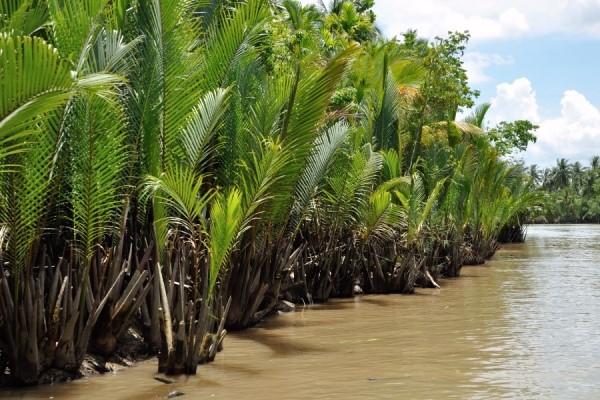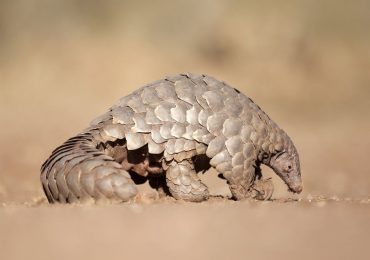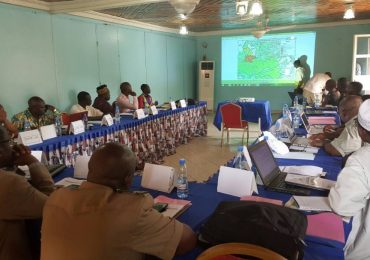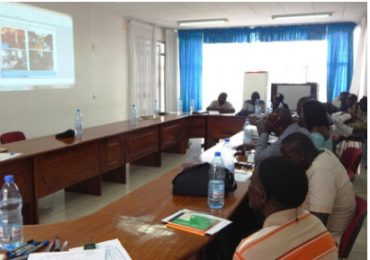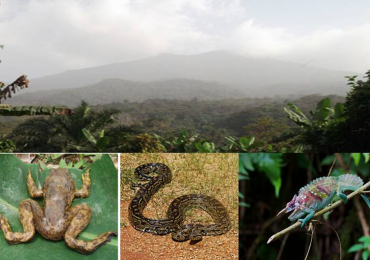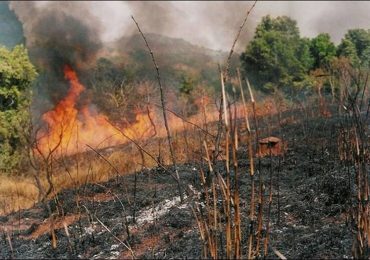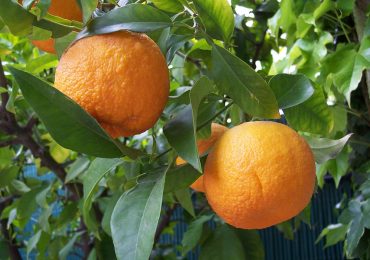Mangroves of the Rio Del Rey Estuary, which constitutes about 10% of West African mangroves and half of Cameroon’s mangroves, have been beaten so painfully that it is now crying for help. The mangroves of this area including the dominant red mangrove (Rhizophora mangle), Black mangrove (Avicennia germinans), Button wood (Conocarpus erectus) and Rhizophora racemosa, have been cut down extensively for the smoking of fish/firewood and for construction.
Akeh Nug
This has greatly degraded the area giving a lee-way to an invasive and competitive species, Nypal Palm (Nypal fruticans), to rapidly take over the area.
From the Mundemba creek of this estuary cutting across Isangele and Idiabato, to the Boa creek extending to Bamuso, Il oani and the neighbouring settlements and the Bawa creek, Murji-muso creek, shell and Stone creeks, the story is the same.
The highly competitive palm species has hardened the mud, rapidly spreading across the area. This has defeated the remaining mangrove stands completely destroying the ecosystem and its ability to remain a spawning ground and nursery to fish stock.
In the midst of this, Cameroon being a party to the Ramsar Convention on Wetlands (an intergovernmental treaty that provides a framework for national action and international cooperation for the conservation and sustainable use of wetlands, including mangrove habitats) ratified by the Head of State on 13 January 2006, have begun making efforts to conserve the Cameroon mangroves. However, no remedy has been found to put an end to this devastating palm and its damaging effects. An experimental solution has been proposed by some CSOs actively involved in mangroves which need to be expounded upon. This includes harvesting the seeds as the palm starts to flower and gathering the fallen nuts as they float before they germinate.
In the shadow of Mount Cameroon, downstream from Cross River, Korup and Takamanda forests lies the Rio Del Rey Estuary. Characterised by very rich maritime coasts full of creeks, beaches, islands and mangrove forests, the Rio Del Rey is a transboundary site between Cameroon and Nigeria.
Uniquely, these mangroves are habitat to endemic and threatened species such as the Giant frog (Conroua goliath), the Dwarf crocodile (Osteolaemus tetraspis) and the West African manatee (Trichectuis senegalensis). While offering a staging ground for the migratory Lesser flamingo (Phoeniconaias minor) and other birds, the estuary provides crucial ecosystem services.
Most important of these services is the provision of a spawning ground and nursery for fish stocks. As sea levels tend to rise due to global changes in climatic conditions, the mangrove has the potential of protecting Cameroon from the rising seas.
These important services with worldwide reaching effects are in serious danger and immediate action is required to salvage the mangrove, else coupled with overexploitation and settlements, the mangrove risk being eradicated in the nearest future.


